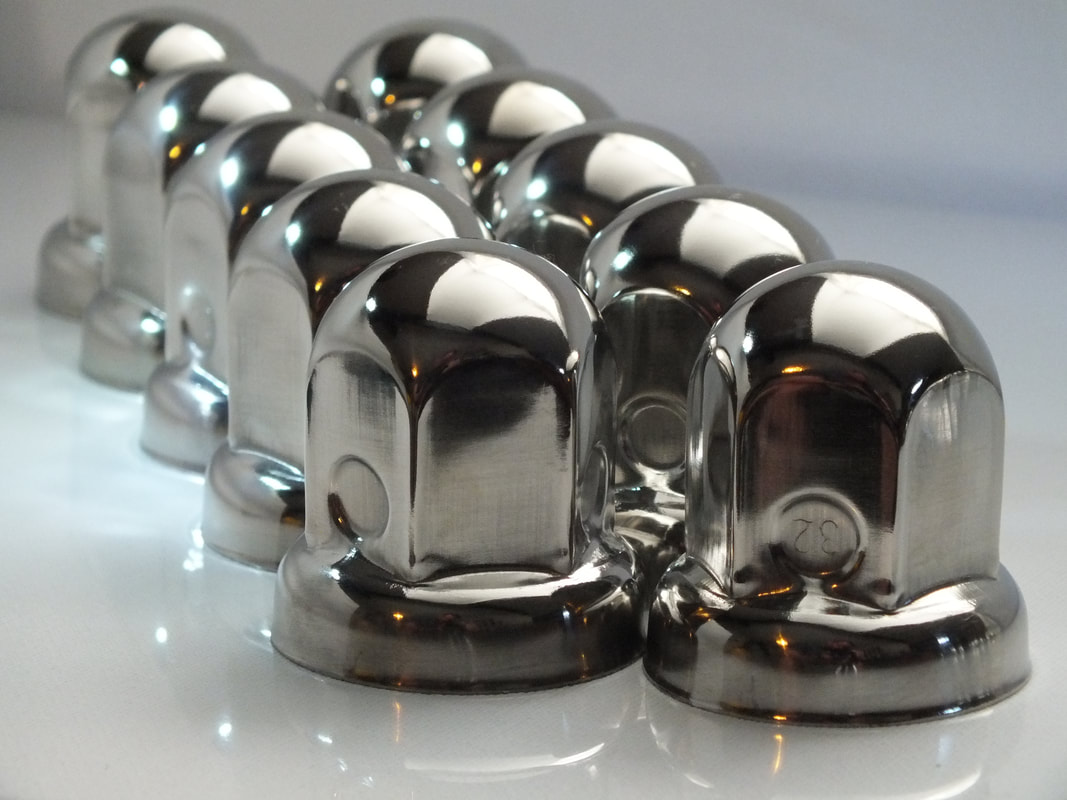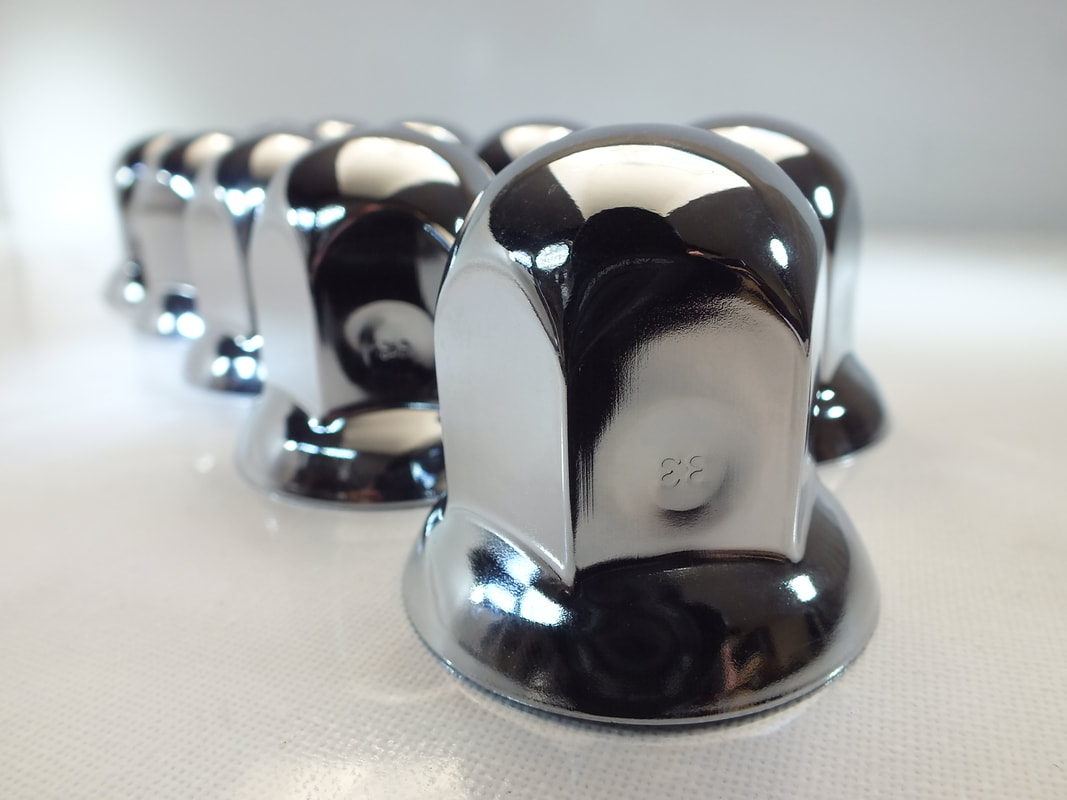Quality doesn't just happen - at Rhino Truck Parts, quality is ingrained in all we do
From our highly regarded suppliers to every member of our dedicated team, our commitment to exceeding our clients' expectations in a competitive marketplace, compels us to maintain uncompromised standards of quality.
Our customers rate usIt's one thing for us to say we're all about quality, what really matters to us is the judgement of our customers, as this is the undeniable standard upon which we measure our success and base all future efforts.
|
Quality Assurance
|
At Rhino Truck Parts, you are assured of only the best - from our unrivalled customer care, to every product we source. We will never compromise on this commitment.
|
The home of built-tough quality
DB Interlink Ltd trading as Rhino Truck Parts is a private company registered in England & Wales. Company Number: 08302794
Registered Address: 71-75 Shelton Street, Covent Garden, London, WC2H 9JQ
Registered Address: 71-75 Shelton Street, Covent Garden, London, WC2H 9JQ









